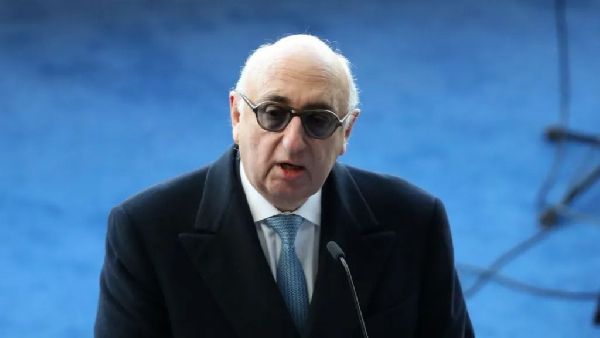Briefing - Military mobility - 04-07-2025
Russia's invasion of Ukraine has drawn renewed attention to military mobility, highlighting the need for rapid cross-border movement of troops and equipment to strengthen deterrence and defence. Challenges such as outdated bridges, tunnels and railways, along with inconsistent regulations across EU Member States, impede swift military movements. Building on the first EU action plan on military mobility launched in 2018, the action plan on military mobility 2.0, adopted in November 2022, expands infrastructure upgrades, regulatory harmonisation and operational readiness. Two joint annual reports from the European Parliament and the Council show progress in implementing the action plans: €1.76 billion have funded 95 projects in 21 Member States, including €807 million in the latest round. The revised Regulation on the trans-European transport network (TEN-T) now legally recognises military mobility, and four strategic corridors have been identified in coordination with the North Atlantic Treaty Organization (NATO) and the European External Action Service. Operational readiness has also improved through streamlined customs and transport procedures, enhanced fuel supply chains, and joint exercises, while partnerships with NATO and third countries have deepened. The March 2025 White Paper for European Defence – Readiness 2030 underscores military mobility as a critical enabler for EU security, identifying urgent investments, harmonised design standards, and regulatory reforms to remove persistent barriers and strengthen resilience of dual-use (civilian and military) infrastructure. However, the European Court of Auditors warns that funding remains insufficient, strategic focus is lacking, and project selection overlooks geopolitical priorities, while bureaucratic barriers remain. Persistent challenges include underfunding, fragmented procedures, limited strategic coherence, and the need for greater coordination with NATO. The European Parliament supports an integrated approach with harmonised regulations, increased dual-use investments, swift project implementation, greater partner participation under the permanent structured cooperation (PESCO), and a deepened partnership with NATO. At the same time, Parliament stresses the need for Europe to take greater responsibility for its own security.








